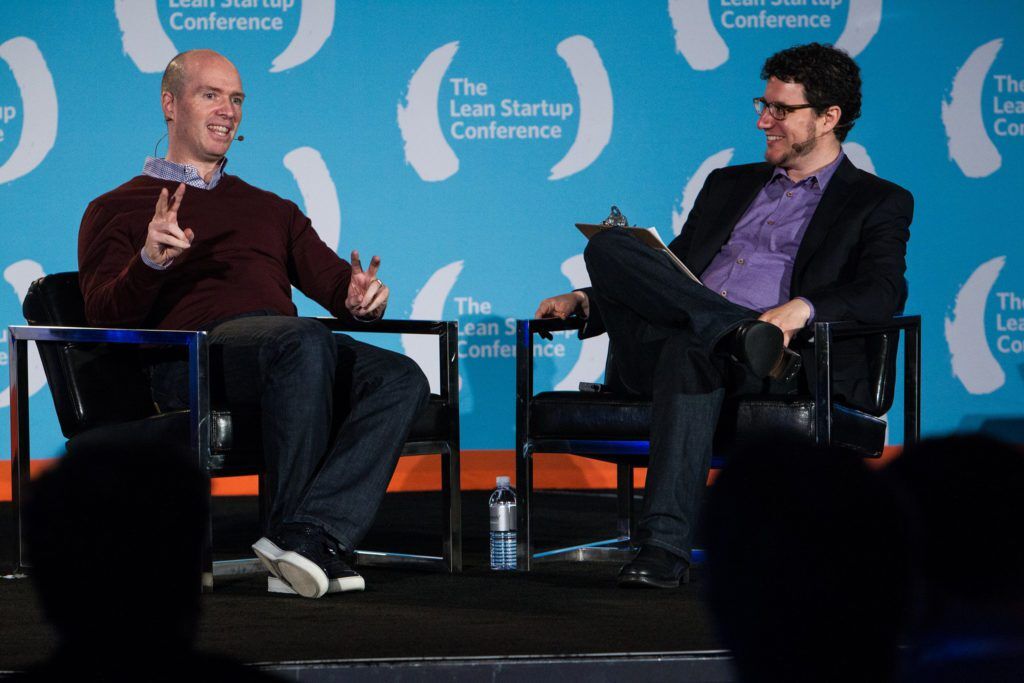What is an MVP?
This post originally appeared at Startup Lessons Learned, and was written by Eric Ries.

One of the most important and most understood Lean Startup techniques is called the minimum viable product.
I was delighted to be asked to give a brief talk about the MVP at the inaugural meetup of the Lean Startup circle here in San Francisco. Below you’ll find the video of my remarks. But I wanted to say a few words first.
First, a definition: the minimum viable product is that version of a new product which allows a team to collect the maximum amount of validated learning about customers with the least effort or in other words building the most minimum version of their product that will still allow them to learn.
Some caveats right off the bat. MVP, despite the name, is not about creating minimal products. If your goal is simply to scratch a clear itch or build something for a quick flip, you really don’t need the MVP. In fact, MVP is quite annoying, because it imposes extra overhead. We have to manage to learn something from our first product iteration. In a lot of cases, this requires a lot of energy invested in talking to customers or metrics and analytics.
Second, the definition’s use of the words maximum and minimum means it is decidedly not formulaic. It requires judgment to figure out, for any given context, what MVP makes sense. As I talked about in a previous interview, IMVU’s original MVP took us six months to bring to market. That was a pretty big improvement over a previous company, where we spent almost five years before launching. Yet in another situation, we spent two weeks building a particular feature that absolutely nobody wanted. In retrospect, two weeks was way too long. We could have found out that nobody wanted the product a lot sooner. At a minimum, a simple AdWords smoke test would have revealed how utterly bad the concept was.
Our customers will tell us what is the minimum we need to build and when another MVP is needed or not. If we can learn from our current minimum product version and customers are satisfied with the experience- great! We might not need to build it out anymore. However, on the other hand, is they are dissatisfied we haven’t hit the bar and another MVP might be needed.
MVPs are crucial yet often misunderstood in LeanStartup. Dive deeper into them.
Schedule a call to train your team for success.
Without further ado, the video:
